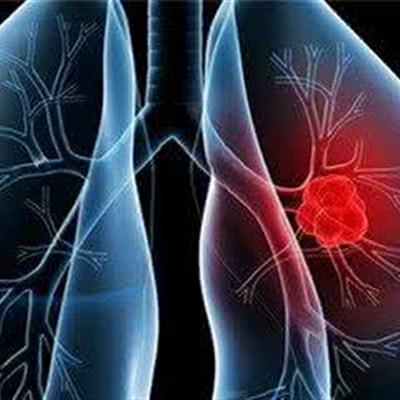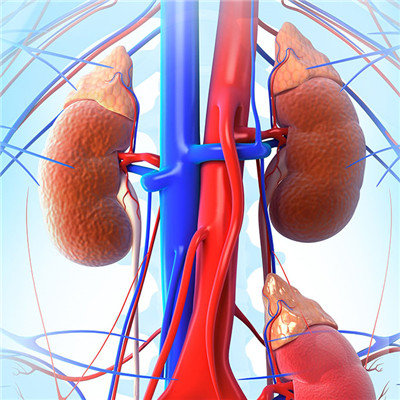Can infantile arteritis be cured?
summary
Takayasu arteritis refers to the chronic progressive nonspecific inflammation of the aorta and its main branches and pulmonary arteries, mainly causing stenosis or occlusion in different parts. A few patients with Takayasu arteritis cause arterial dilatation or aneurysm due to inflammation destroying the middle layer of the arterial wall. Due to different parts of the lesion, their clinical manifestations are also different. Let's understand whether pediatric Takayasu arteritis can be cured.
Can infantile arteritis be cured?
1. So far, the etiology is not clear. There have been syphilis, arteriosclerosis, tuberculosis, thromboangiitis obliterans (buerge disease), congenital abnormalities, giant cell arteritis, connective tissue disease, rheumatism, rheumatoid diseases, endocrine abnormalities, metabolic abnormalities and autoimmune factors.

2. Typical symptoms: a few weeks before the appearance of local symptoms or signs, the children may have fever, night sweats, weight loss, anorexia and other systemic symptoms. When the local symptoms or signs appear, the systemic symptoms can gradually reduce or disappear. According to the lesion location, the children can be divided into four types: type I involving aortic arch, type II involving thoracic aorta and abdominal aorta, Type III was diffuse aortic damage (extensive type), and type IV was diffuse aortic and pulmonary artery damage (pulmonary type).

3. Treatment: adrenocortical hormone: can effectively inhibit systemic symptoms, alleviate arterial stenosis, if there has been fibrosis and embolism, the curative effect is poor, the course of treatment is generally 6 months; Other immunosuppressants should be added when necessary. Active control of hypertension, the application of antiplatelet aggregation drugs (aspirin, dipyridamole). Infection control: if there is tuberculosis or other infection, treatment should be given at the same time. Interventional and surgical treatment: late complications can be treated by percutaneous angioplasty or surgical treatment according to the situation, such as vascular reconstruction of obstruction or stenosis, bypass grafting, aneurysm resection, aortic valve replacement, etc.

matters needing attention
The course of the disease is generally progressive and chronic, and the recurrence and remission of symptoms can be seen alternately. The prognosis of this disease depends on the extent of the lesion and whether it is treated in time; The 5-year survival rate can reach 95% if medical and surgical treatment is carried out in time. Mild disease develops slowly and can relieve itself; Cerebrovascular accident, heart failure, aneurysm rupture and myocardial infarction were the main causes of death. The time from onset to death ranged from 1 to 20 years, with a mortality rate of 11% - 26%. The course of disease in children was short and the mortality rate was high.















